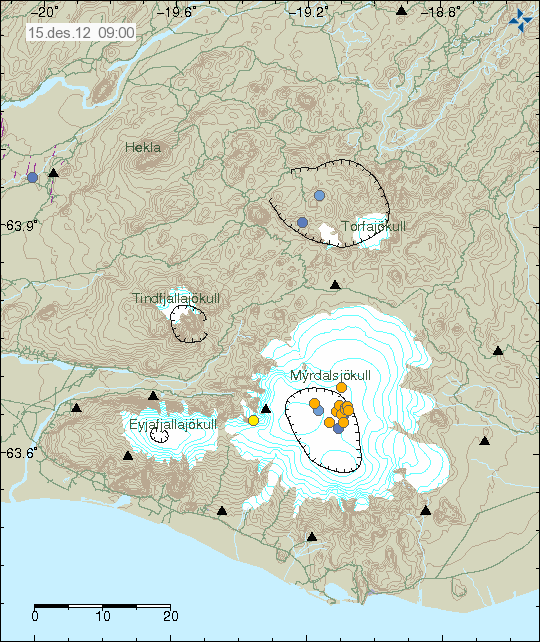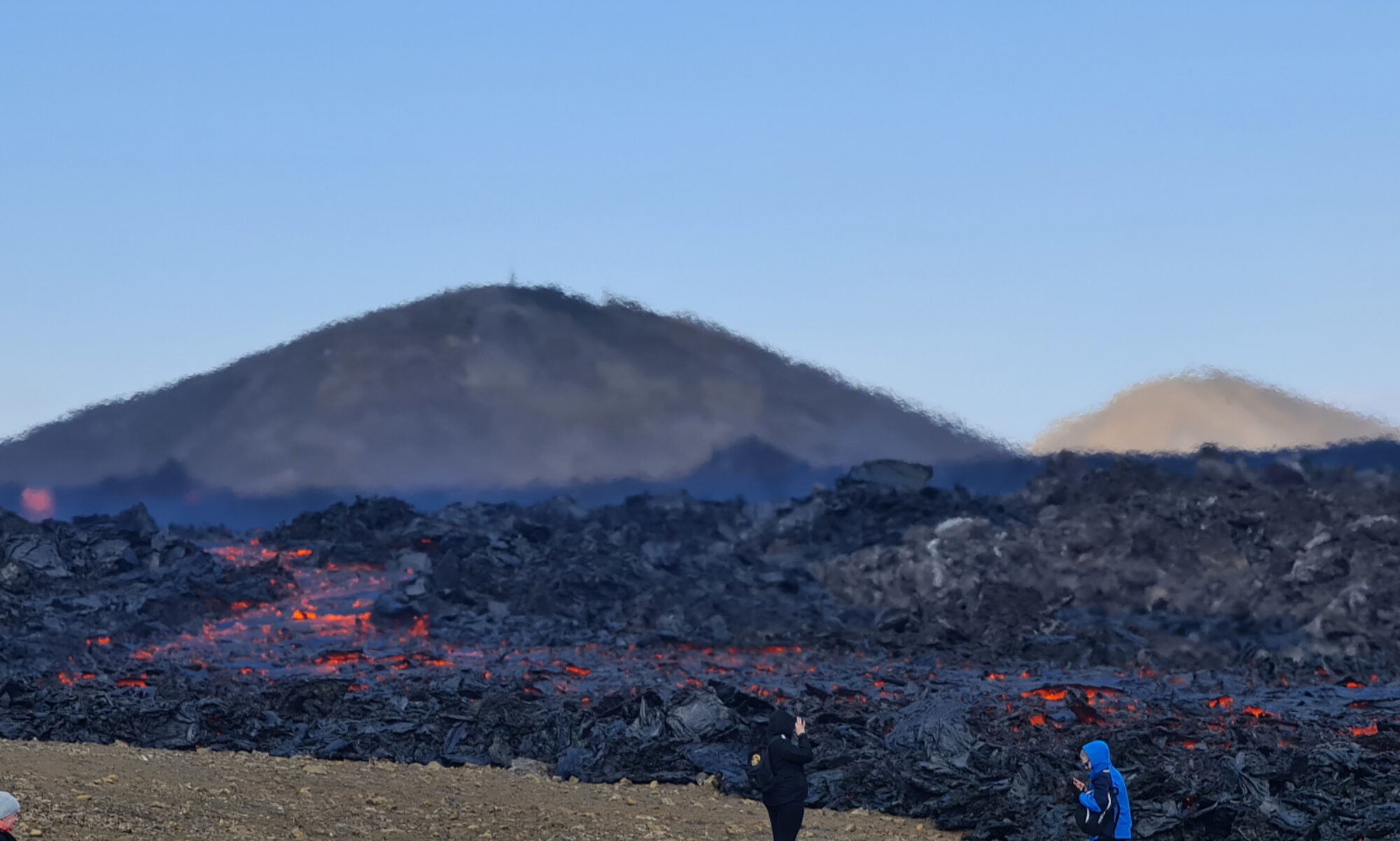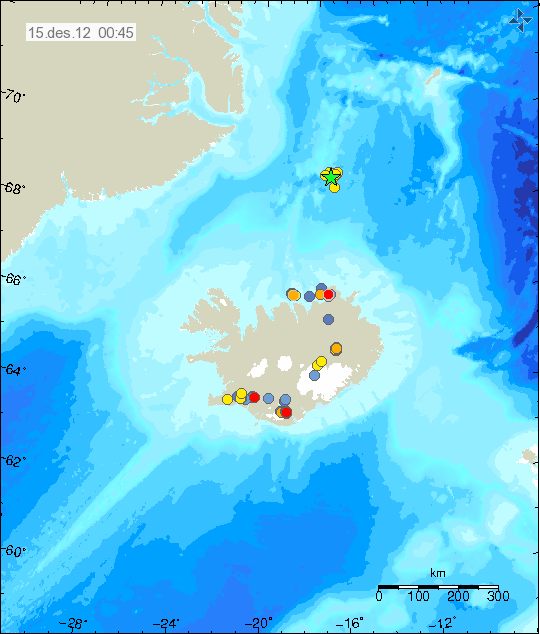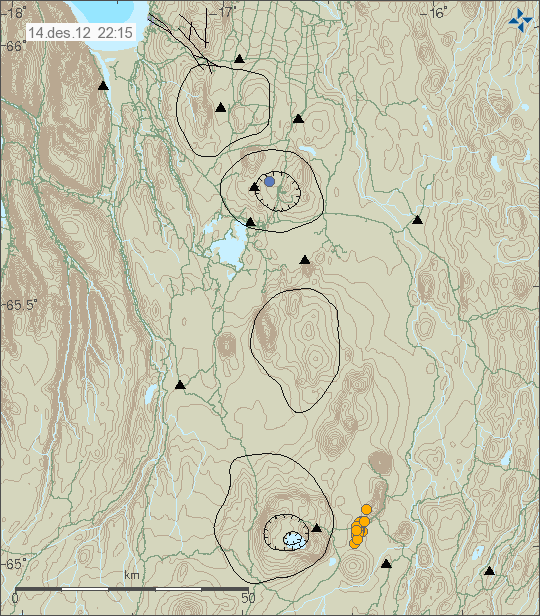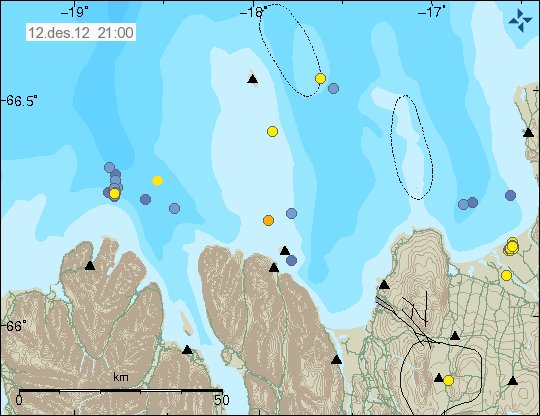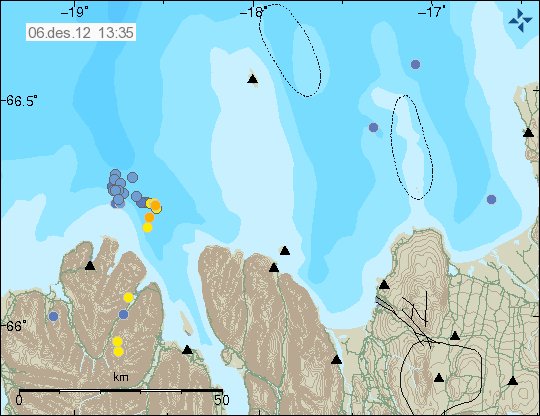This December has gone down for me as the worst one for a long time now. As many of you already know. I am living on social welfare from Iceland (now this is important). Living on social welfare from Iceland means that my income is in Icelandic krona. It also means that I am subject to its exchange rate as I am living in Denmark (Danish krona). My total income in Danish krone depends entirely on the exchange that I am dealing with during the start of the month. For this December it has been awful. The exchange rate is around 22,55 ISK = 1 DKK at the moment with VISA. It got best in July, when it was 19,50 ISK = 1 DKK. This is a status that is unacceptable to me. But there is little that I can do to change it at the moment. My total income after taxes in Iceland is 153.000 ISK (6.793 DKK, €912), in December this number is 173.000 ISK (7.682 DKK, €1.031). This is not a lot when I have to pay for the rent, the bills and my current debt (that I am working on to get rid of soon as I can).
The reason why I am on social welfare is that I have aspergers syndrome. So I do not mix that well with normal, regular job. Even if I am fully able to work physically. My mind can be at different place at times. Communications and understanding can also be a challenge for at times. I do my best on this subject matters in normal life. But it might not work in a buy workplace where everything needs to just work between people smoothly. I have tried to work in such a place many years ago. It did not work and I got fired after just two weeks. I have been in temporary summers job in Iceland. But that job was cutting grass and lawns for people. But that was just during the summer and there was and never has been any career in doing that.
Writing as a job
I have since some years ago decided that my job should be in writing. The reason why I did start this blog is because I wanted to have something to do. Writing about volcanoes, earthquakes and such is something that I like doing. But the truth of the matter is that when you are writing about volcanoes it is clear that nothing is going on 98% of the time. The 2% of the time that something is going on happens every few months to years. This sadly means drop in traffic on my blog. That means less income from Google Adsense and Infolinks at the same time. The reason why I decided to have ads on this blog is to lessen my dependence of donations. I am going to keep the donation option going. Since that is what many other sites that I read do. Instead of getting rid of ads. You get a free e-book from me. Forever! Everything that I write and publish I send to you over e-mail when it is ready. You get a pdf file, since I can’t offer any other format. But it is drm-free (as all of my books are always going to be). So you can covert it to your needed format.
This brings me to my next point. I am almost finished with a short story that I started writing over 1 year ago (it takes time to write short stores and books). When it is ready. I am going to grab all those email address that I have from paypal donations and send the people how have donated to me a copy of that short story. I am going to do this every time I publish a new story or a book.
Donations help
Donations really do help me. Since the make it easier for me to pay my bills and buy food during the month. That is all there is too it. This blog is a one man project so far. So I do all the work my self. Check data, earthquakes, work on images and so on. That sometimes takes a lot of time. Work that is worth it and needed for this blog to properly explain what is going on when it comes to volcanoes in Iceland. The donations that I have got this month have helped pay for the backup power and hardware maintenance for Skeiðflöt geophone station. But I am still 1300 DKK short because of the cost of buying 3G hardware for Böðvarshólar geophone station that starts later this month. After Hvammstangi geophone station goes offline.
I thank you all for the support. I just hope that I can make it trough December without too many budget problems that I have already have. Now I just hope that I can buy the Christmas present that I want to give to my grandpa (DVB-T tuner, as Iceland is going all digital in the year 2013).
